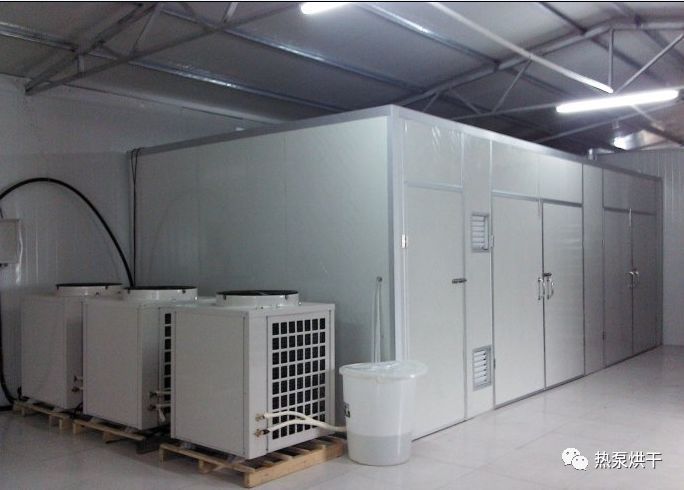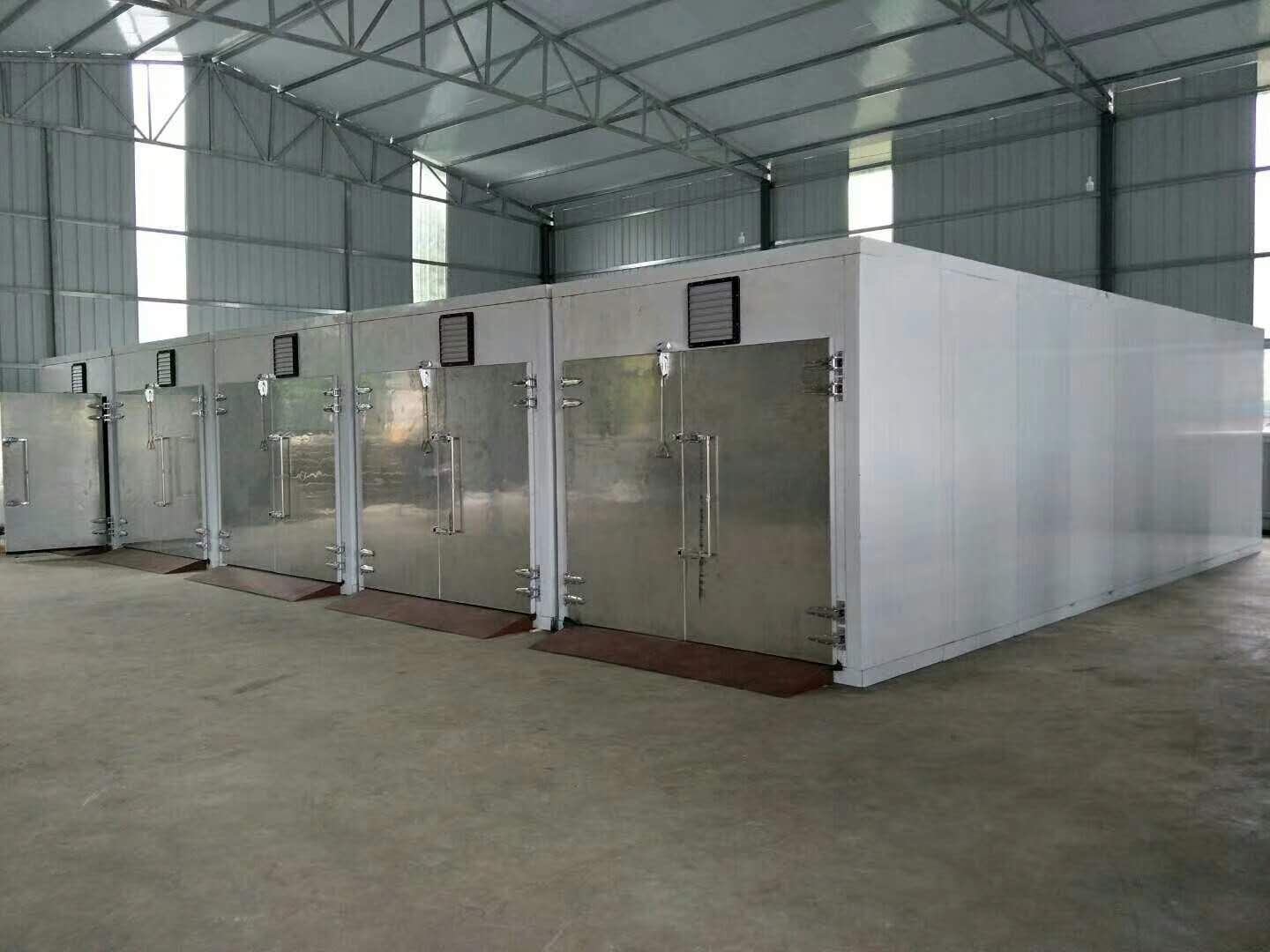Heat pump drying is energy saving and environmental protection, more and more applied to food, agricultural products processing and other industries. So, what types of heat pump dryer are there?
Classification according to drying temperature
- Low temperature heat pump dryer
This heat pump dryer with a drying temperature between 10 to 45 degree Celsius, it may be lower than the ambient temperature, In addition to heating drying, it is possible cooled and dried. Most of the low-temperature heat pump dryers are open-loop type, and the closed-loop type can also be operated. However, the drying time is longer and the efficiency is lower, either the open-loop or closed loop. Therefore, the low temperature heat pump drying machine is generally not recommended if there is no special requirement.
- Medium temperature heat pump dryer
The heat pump dryer works at a temperature between 45 and 65 degree Celsius, it is higher than the ambient temperature. This is the best temperature for almost all agricultural products, seafood and other foods drying, the drying speed, quality and efficiency can be optimized. Therefore, for the drying of agricultural products, fruits and vegetables and seafood, priority is given to medium temperature dryers.
- High temperature heat pump dryer
at a temperature between 65 and 85 degree Celsius. High temperature is to the benefit of the rapid evaporation of water. Some industrial products must be at a relatively high temperature to evaporate the internal combined water, so these high temperature heat pump dryers have also large market demands.
- Ultra-temperature heat pump dryer
The heat pump dryer works at a temperature between 85 and 105 degree Celsius. Although it has high efficiency, the structure is complicated and the accessories are expensive. Since the ultra-high temperature heat pump requires a high boiling point (above 40 degree Celsius) refrigerant such as R14 or R140, only a closed loop heat pump dryer is suitable. A flash drying at nearly 100 degree Celsius is possible. Any case, this heat pump dryer is little application in the market currently.
Classification according to heating source
- Open loop heat pump dryer
The heat pump dryer receives from ambient, a low-temperature source, and then provides a more high temperature sink. 
The internal condenser releases energy in the drying room to heat the air which evaporate moisture of material and exhaust humidity.
The open loop heat pump has a simple structure and is suitable for drying at an ambient temperature of 10 degree Celsius or more and a drying temperature of 55 degree Celsius or less. When the ambient temperature is lower than 10 degree Celsius or the drying temperature is greater than 55 degree Celsius, the difference between the intake and exhaust pressure of the compressor becomes large, which is adverse to the energy efficiency ratio and service life of the compressor. Therefore, the open-loop heat pump dryer is suitable for low-temperature drying in summer and autumn. Temperature rise is faster, but humidity control is difficult. Be caution when drying moldy materials.
- Open loop with heat recovery heat pump dryer
In order to improve the energy efficiency ratio and extend service life of the open-loop heat pump dryer works at low ambient temperature, 
the exhausted humidity air is presented to the external evaporator to increase the evaporating temperature. However, the humidity control during drying process is not change. Therefore, all open-loop heat pump dryers are not suitable for moldy materials drying. The feature is simple structure and low cost.
- Closed-loop heat pump dryer
The evaporator and condenser of the heat pump dryer are placed in the drying room. 
The humid air is condensed by the evaporator to recover energy, reduce the relative humidity, and then heat the dehumidified air through the condenser to complete the cycle drying process. .
Since the closed-loop drying energy comes from the energy consumption of the compressor and the internal energy cycle, its efficiency is completely independent of the ambient temperature and the ambient humidity. In the low temperature environment, the closed-loop heat pump has great advantages.
In the initial stage of drying, the circulating air humidity is low. The closed-loop heat pump only converts the heat energy by the compressor, and the temperature rises slowly. Therefore, the electric auxiliary heat with rapid heating is designed to help the heating temperature rising. As this heating time is short in the complete drying process, therefore, does not reduce efficiency, on the contrary, can shorten drying time and extend compressor life.
Closed-loop heat pumps are generally integrated designed, which is very simple to install.
- Closed-loop with external evaporator heat pump dryer
In order to solve slow heating of the closed-loop heat pump, in addition to the extra electric heating, the external evaporator is be application, thus, the energy in the ambient air is sent into the drying like the open-loop heat pump dryer to achieve rapid temperature and humidity adjustment.
This heat pump dryer is suitable for all drying process, but the structure is complicated and of a high cost.
Classification according to structure
- All-in-one heat pump dryer
It is built heat pump unit in one drying chamber.
- Split heat pump dryer
Only heat pump unit is offered, the drying room needs to be built separately.





